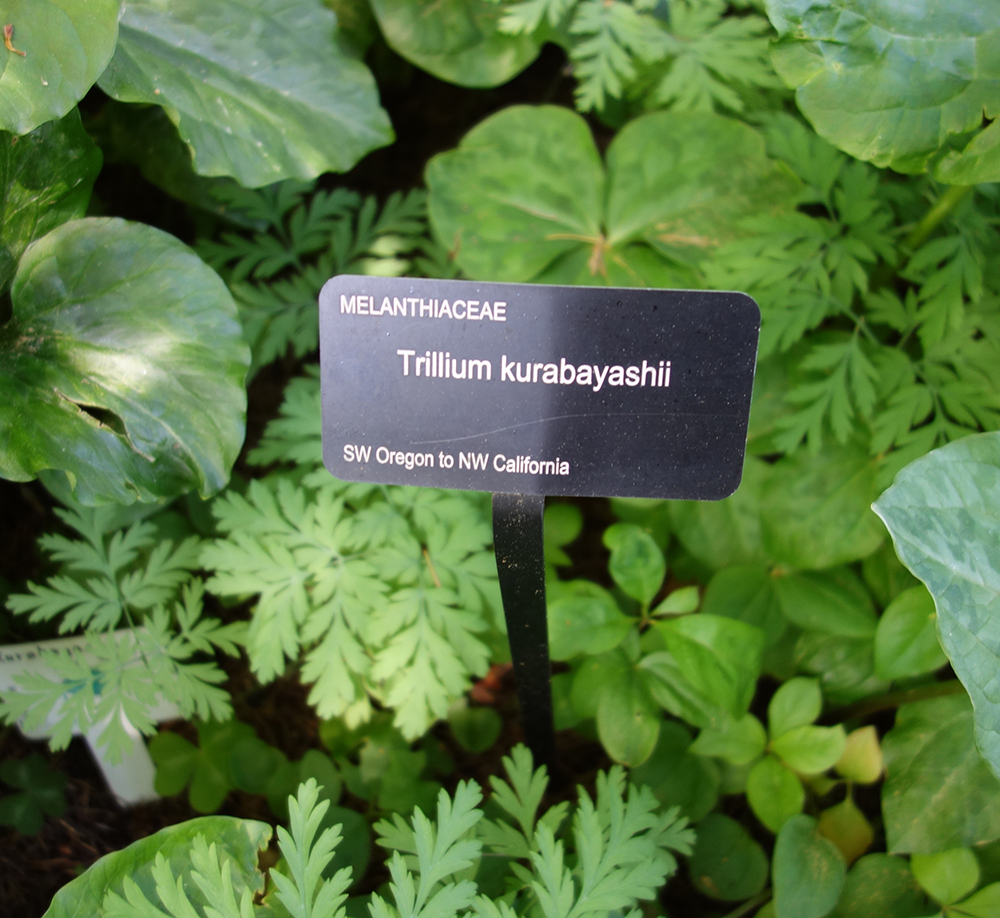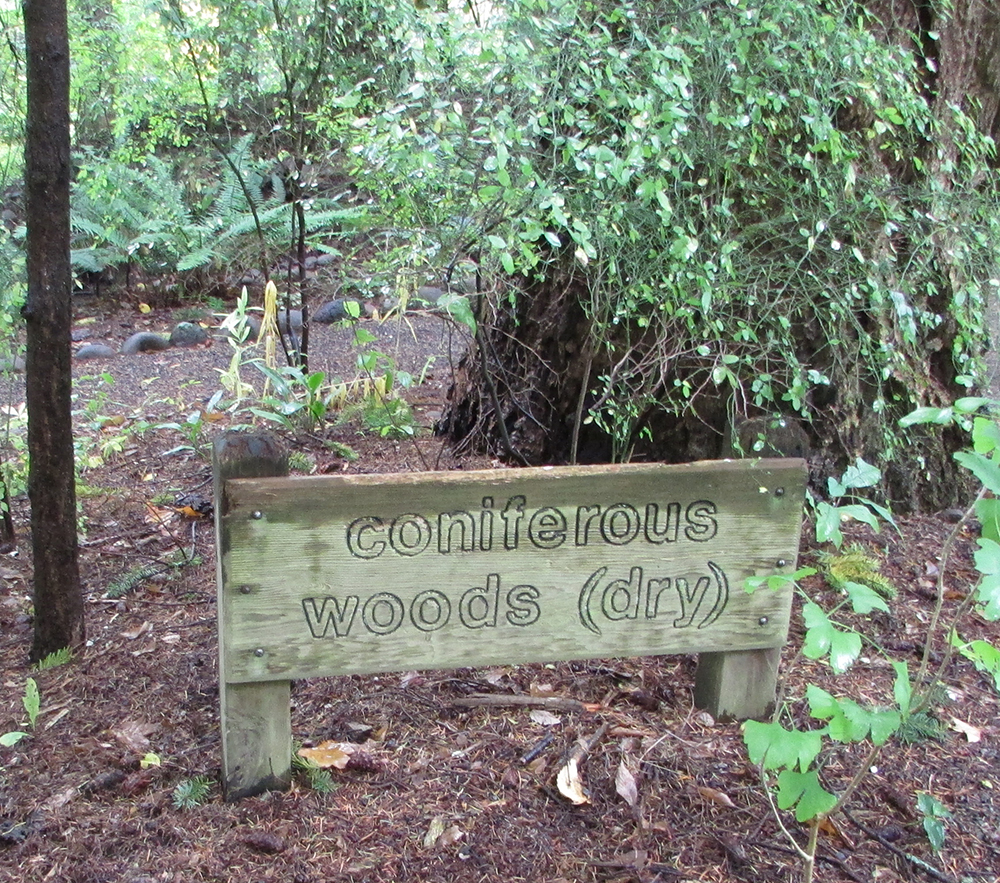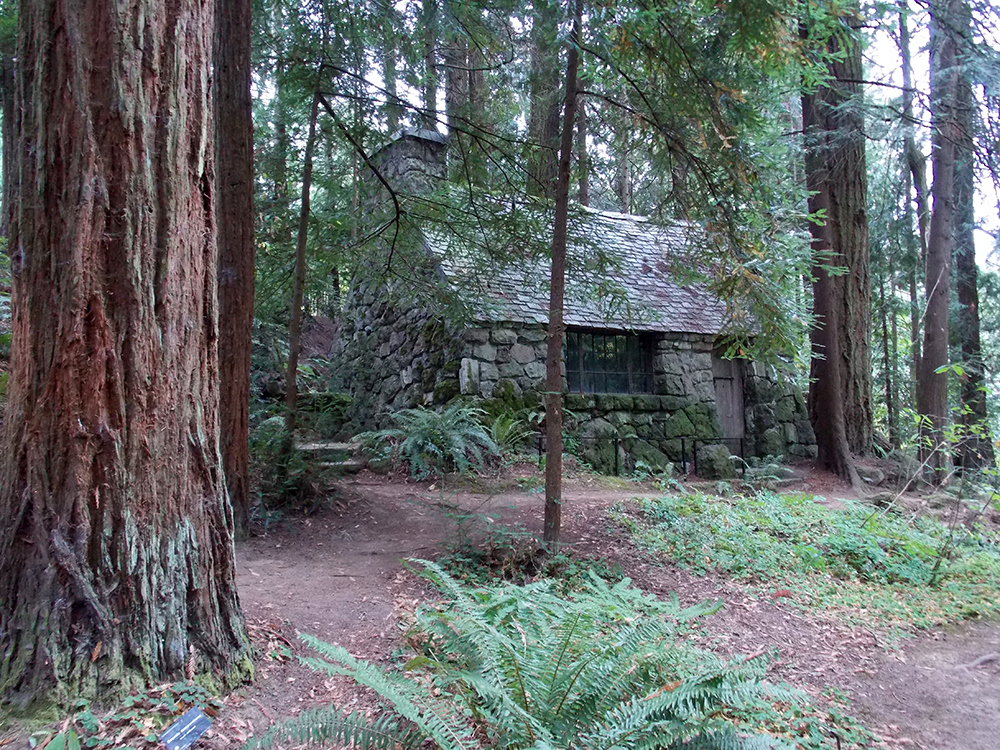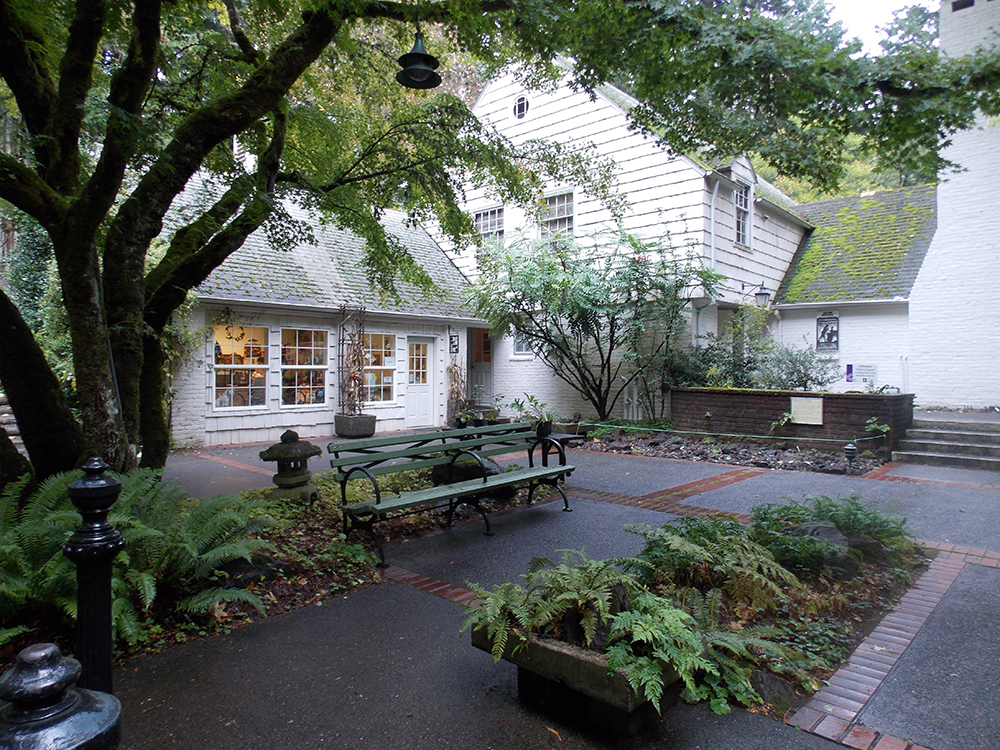Planning for Diversity at Leach Botanical Garden
The physical design of botanical gardens – including the themes, features, collections and landscape management strategies – promote inclusiveness by attracting diverse audiences for casual visitation as well as for formal programs.
When Land Morphology was commissioned to develop the Master Plan for the Leach Botanical Garden in southeast Portland Oregon, we were fortunate to inherit a site with diverse ecology and rich history. The master plan builds upon the history and character of the site and the neighborhood to introduce diverse plant collections, places, and programming opportunities.
Garden History
Leach Botanic Garden is in southeast Portland, which is one of the most ethnically diverse neighborhoods in the City. Situated on Johnson Creek, the site was originally the estate of Lilla and John Leach, an amateur botanist and a pharmacist, who developed the arts and crafts landscape to include plants native to the Pacific Northwest and the Southeastern United States.
The couple collected alpine plants from the Siskiyou Mountains including Kalmiopsis leachiana, discovered by Lilla on one of the couple’s expeditions. In the early 1980s, the Leaches donated their estate to City of Portland for a botanic garden. The garden was expanded in 1985 to include 16 acres of uplands. In 2015, Land Morphology was retained to develop a Master Plan.
Outreach Strategies
Community outreach was conducted in four languages using conventional and unconventional techniques including multi-lingual surveys, community and neighborhood meetings, and many small meetings with residents.
Many of the meetings were arranged by ambassadors and occurred in homes, churches, neighborhood centers, community centers, and shopping malls. Participants were asked if and why they visited the garden. Community members were also presented with a variety of programs and types of gardens under consideration and asked about preferences.
The Master Plan
The character of the landscape suggested the site could be organized using ecological and cultural transects. Each area of the garden has a unique story with special plant collections and an associated management strategy. For example, ecological restoration and conservation are the themes for the Johnson Creek watershed, historic preservation for Sleepy Hollow with its historic Arts and Crafts home and gardens, and enhancement for the forested hillside with its unique collections of ferns and trilliums.
Leach Garden is growing 500 Trillium kurabayashii for the areas under and around the Tree Walk.
On the upper garden level, the more open site allows for creative and diverse display gardens that emphasize cultivation and education; unique gardens include physic, children’s, chroma, and water gardens. These gardens are well-suited to reflect the cultural values and diversity of the people and communities that have called SE Portland home over time.
The Tree Walk offers an immersive experience of canopy from 36- feet above the forest floor. The fireside terrace is located on the highpoint of the upper garden at the edge of the forest. The arbor will be designed for year-round use with tent fabric that will enclose the space in the winter. A feature of the terrace is a linear gas outdoor fire feature.
The centerpiece of the botanical garden is the forested tree walk and pollinator meadow. The pollinator garden showcases over 200 species of plants selected to attract birds, bees, and beneficial insects. The first phase of garden improvements scheduled for completion in 2020 includes the pollinator meadow and the tree walk with associated multi-use pavilion that can be used for educational and social events.
Native and non-native perennials, bulbs, ephemerals, and flowering shrubs will provide year-round habitat for birds and small mammals and food for pollinators.
A new entrance is planned. Even the parking and drainage infrastructure are designed to educate and inform visitors by incorporating high performance gardens, which feature creative stormwater infiltration gardens, green walls, and attractive visual buffers. Gathering spaces are embedded within each of the gardens.
Gulliver’s Garden - This garden is intended to make visitors feel like they are in an enchanted land that will captivate both children and adults alike.
Designing for Diversity in Activities and Attendees
The master plan defines what types of events and what size of groups can be accommodated in the garden’s diverse spaces. Activities range from the display of art to the hosting of small performances. Holding experiential activities such as children’s gardening programs, cooking with herbs, or composting workshops will be possible. The master plan also considers donor and naming opportunities.
Olson Kundig developed the design for the architectural elements of the master plan.
While the early phases focus on enhancing the garden experience, future development will include new buildings for events, education, concessions, administration and propagation. The world gardens will be developed on the east side of the site, showcasing global collections within a remnant of Oregon Oak savanna.
The City of Portland recognized that investment in the garden was a community and economic development initiative with the potential to create jobs, build community, and encourage residents and visitors to explore this rich and diverse southeast Portland neighborhood.
For more information about the garden please visit the Leach Botanical Garden’s website.
















